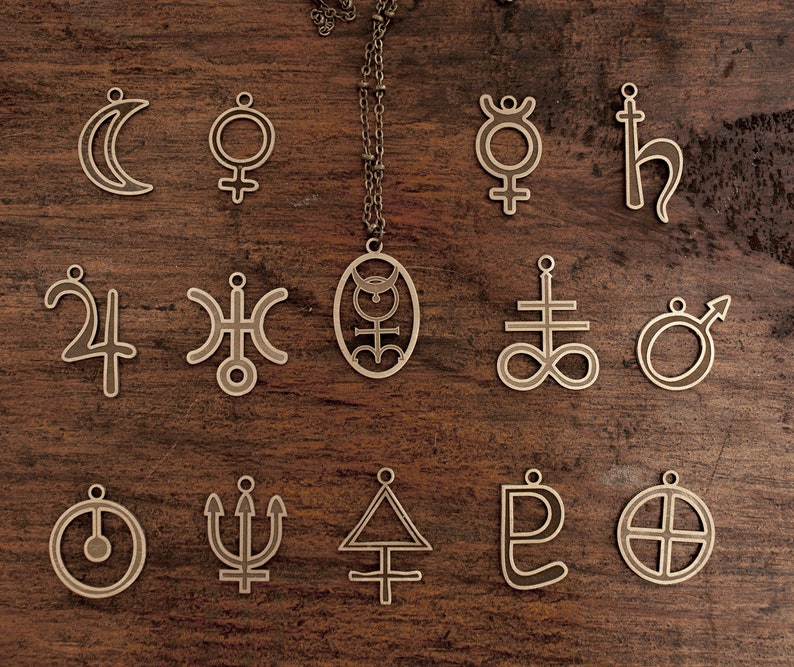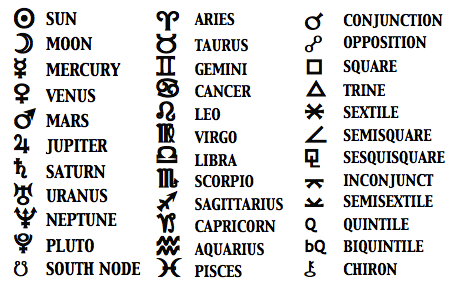

Either I pick something I'm immune to entirely, or I have to consider very carefully where these will go and what they will do. I can exclude my minions from triggering it but not from being harmed by it when it triggers because it hits everything in range. (or my wretched slaves are mining it for me) I'd want to be careful, since there is nothing that excludes the caster or minions from being affected. True, but if I"m a high enough level BBEG to cast this, I've probably got several thousand gold lying around and could afford probably at least five or so of these in my home all ready to go. Depending on how generous your DM is with GP or how readily they let you acquire rare materials, it could be really difficult to pull this off more than once.īut yeah, if your DM wants to really put a group through the ringer, they could basically have a dungeon that's tiled with different symbols on every inch. Keep in mind that it also consumes 1000gp of rare materials with each cast. * - (mercury, phosphorus, and powdered diamond and opal with a total value of at least 1,000 gp, which the spell consumes) Each target must make a Wisdom saving throw and becomes stunned for 1 minute on a failed save. A creature awakens if it takes damage or if someone uses an action to shake or slap it awake. Each target must make a Wisdom saving throw and falls unconscious for 10 minutes on a failed save. Each target must make a Constitution saving throw and becomes incapacitated with excruciating pain for 1 minute on a failed save. The GM controls its movement, which is erratic. An insane creature can't take actions, can't understand what other creatures say, can't read, and speaks only in gibberish. On a failed save, the target is driven insane for 1 minute.

Each target must make an Intelligence saving throw. During this time, it can't attack or target any creature with harmful abilities, spells, or other magical effects. On a failed save, the target is overwhelmed with despair for 1 minute. Each target must make a Charisma saving throw. While frightened, the target drops whatever it is holding and must move at least 30 feet away from the glyph on each of its turns, if able.

Each target must make a Wisdom saving throw and becomes frightened for 1 minute on a failed save. During this time, it is incapable of meaningful communication and has disadvantage on attack rolls and ability checks.įear. On a failed save, a target bickers and argues with other creatures for 1 minute. Each target must make a Constitution saving throw. Each target must make a Constitution saving throw, taking 10d10 necrotic damage on a failed save, or half as much damage on a successful save.ĭiscord. Each creature in the sphere when the glyph activates is targeted by its effect, as is a creature that enters the sphere for the first time on a turn or ends its turn there.ĭeath. Once triggered, the glyph glows, filling a 60-foot-radius sphere with dim light for 10 minutes, after which time the spell ends. When you inscribe the glyph, choose one of the options below for its effect. You can also specify creatures that don't trigger the glyph, such as those who say a certain password. You can further refine the trigger so the spell is activated only under certain circumstances or according to a creature's physical characteristics (such as height or weight), or physical kind (for example, the ward could be set to affect hags or shapechangers). For glyphs inscribed within an object, the most common triggers are opening the object, approaching within a certain distance of it, or seeing or reading the glyph. For glyphs inscribed on a surface, the most typical triggers include touching or stepping on the glyph, removing another object covering it, approaching within a certain distance of it, or manipulating the object that holds it. You decide what triggers the glyph when you cast the spell. The glyph is nearly invisible, requiring an Intelligence ( Investigation) check against your spell save DC to find it. If you choose an object, that object must remain in its place if the object is moved more than 10 feet from where you cast this spell, the glyph is broken, and the spell ends without being triggered. If you choose a surface, the glyph can cover an area of the surface no larger than 10 feet in diameter. When you cast this spell, you inscribe a harmful glyph either on a surface (such as a section of floor, a wall, or a table) or within an object that can be closed to conceal the glyph (such as a book, a scroll, or a treasure chest).


 0 kommentar(er)
0 kommentar(er)
